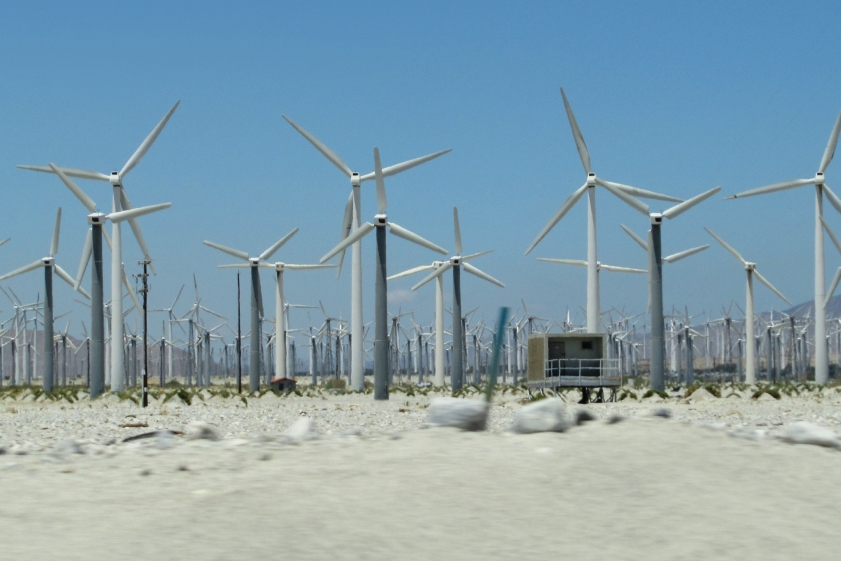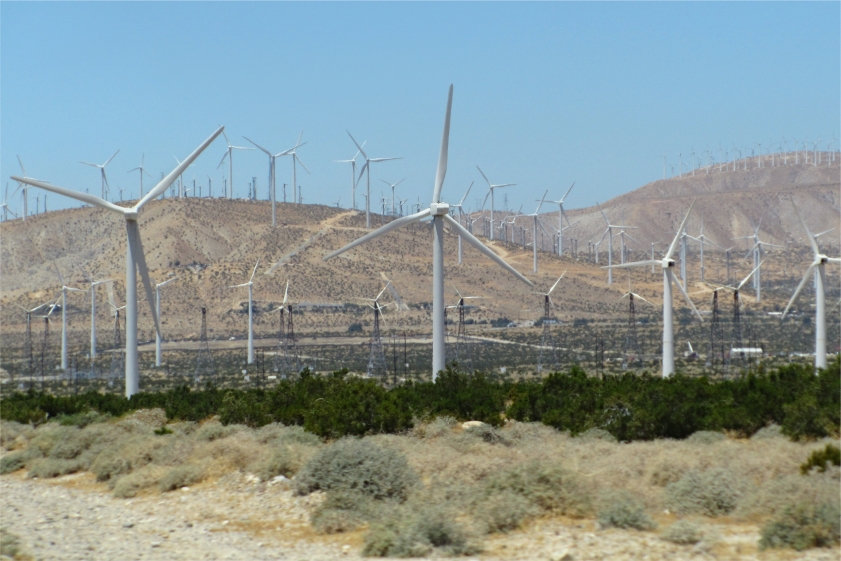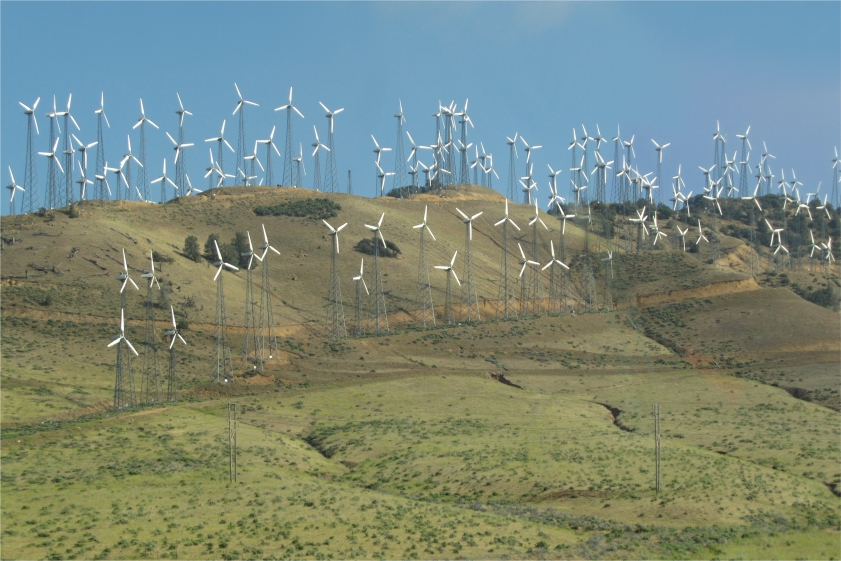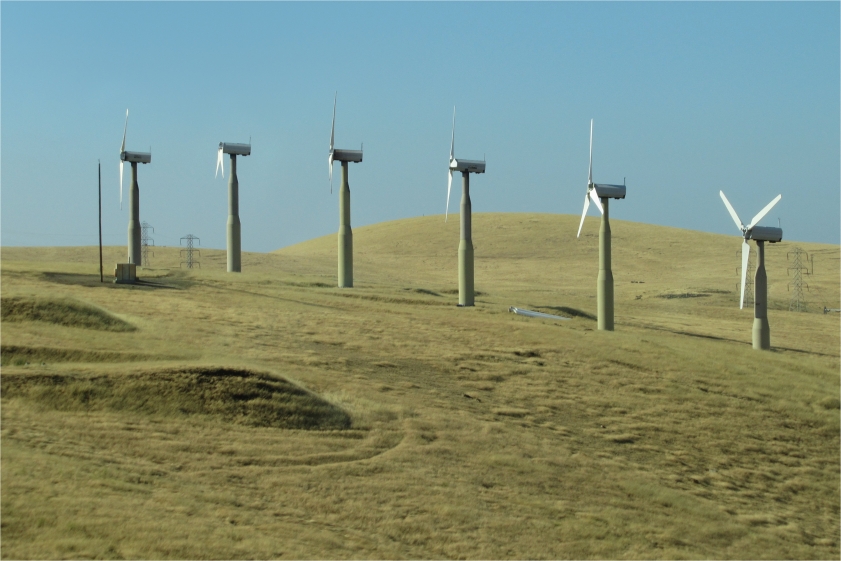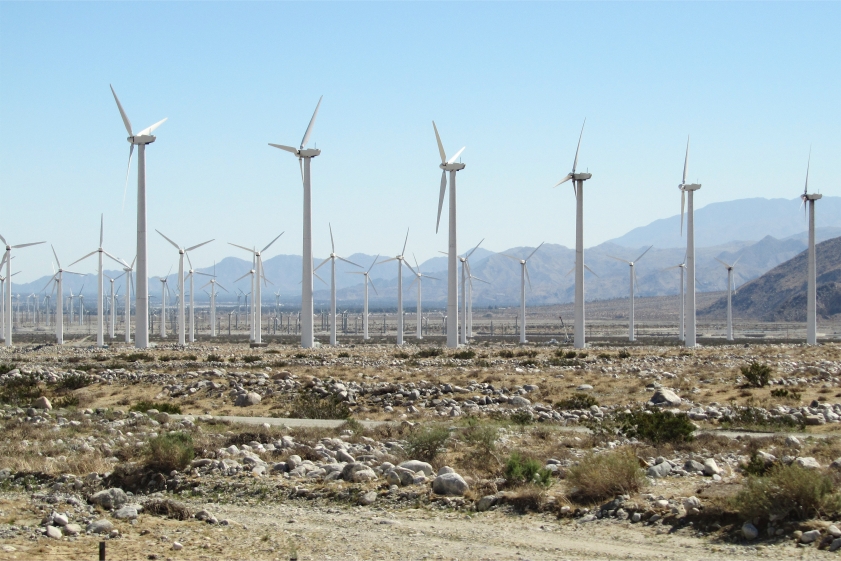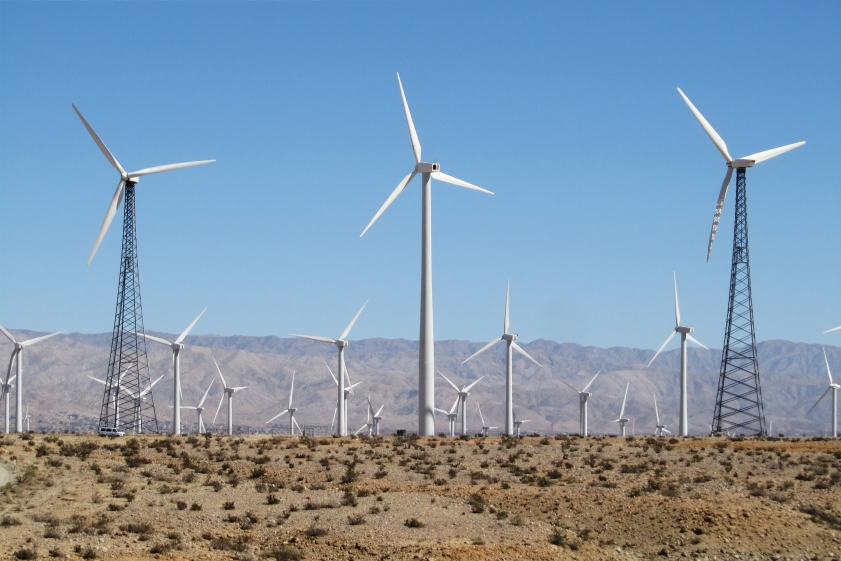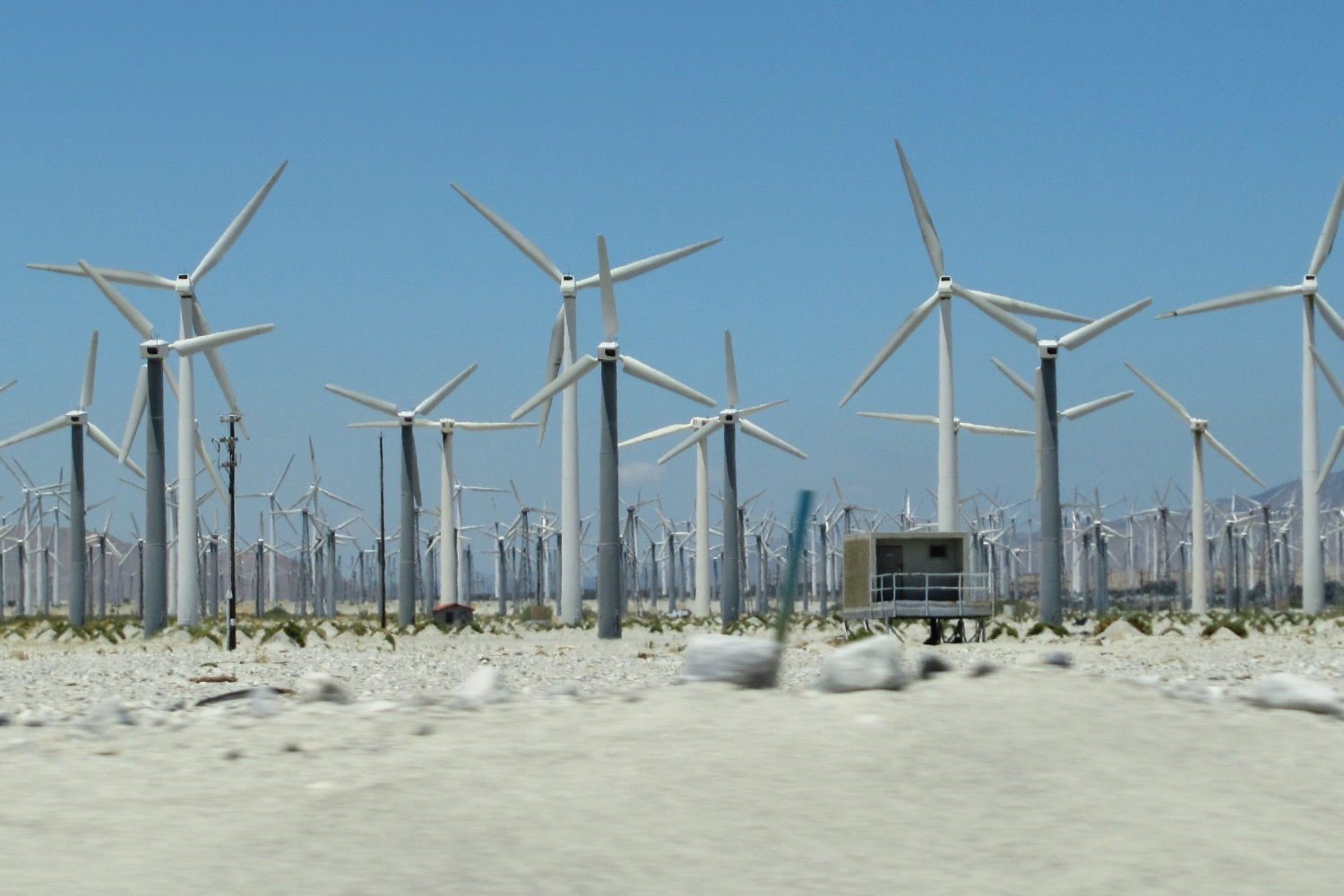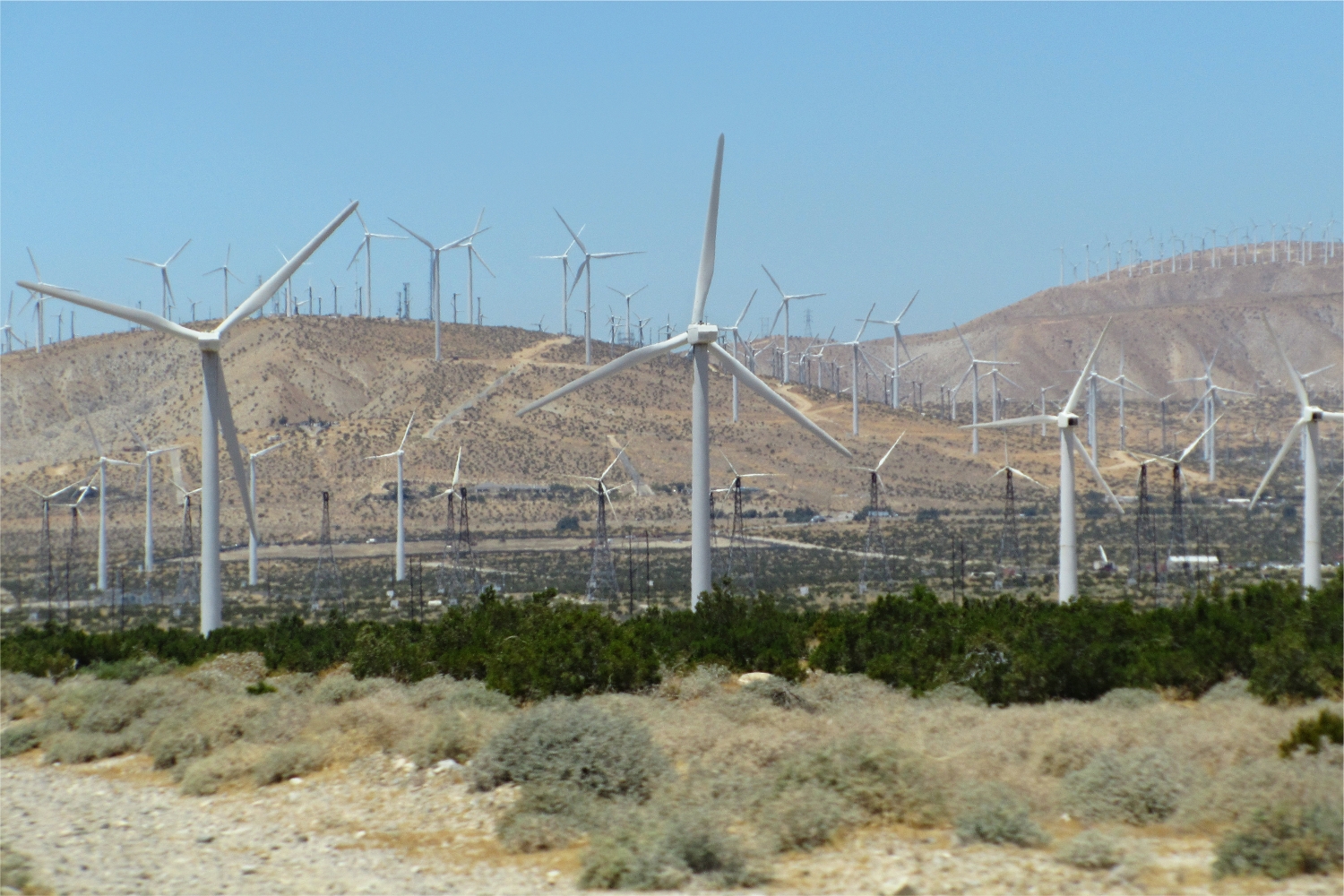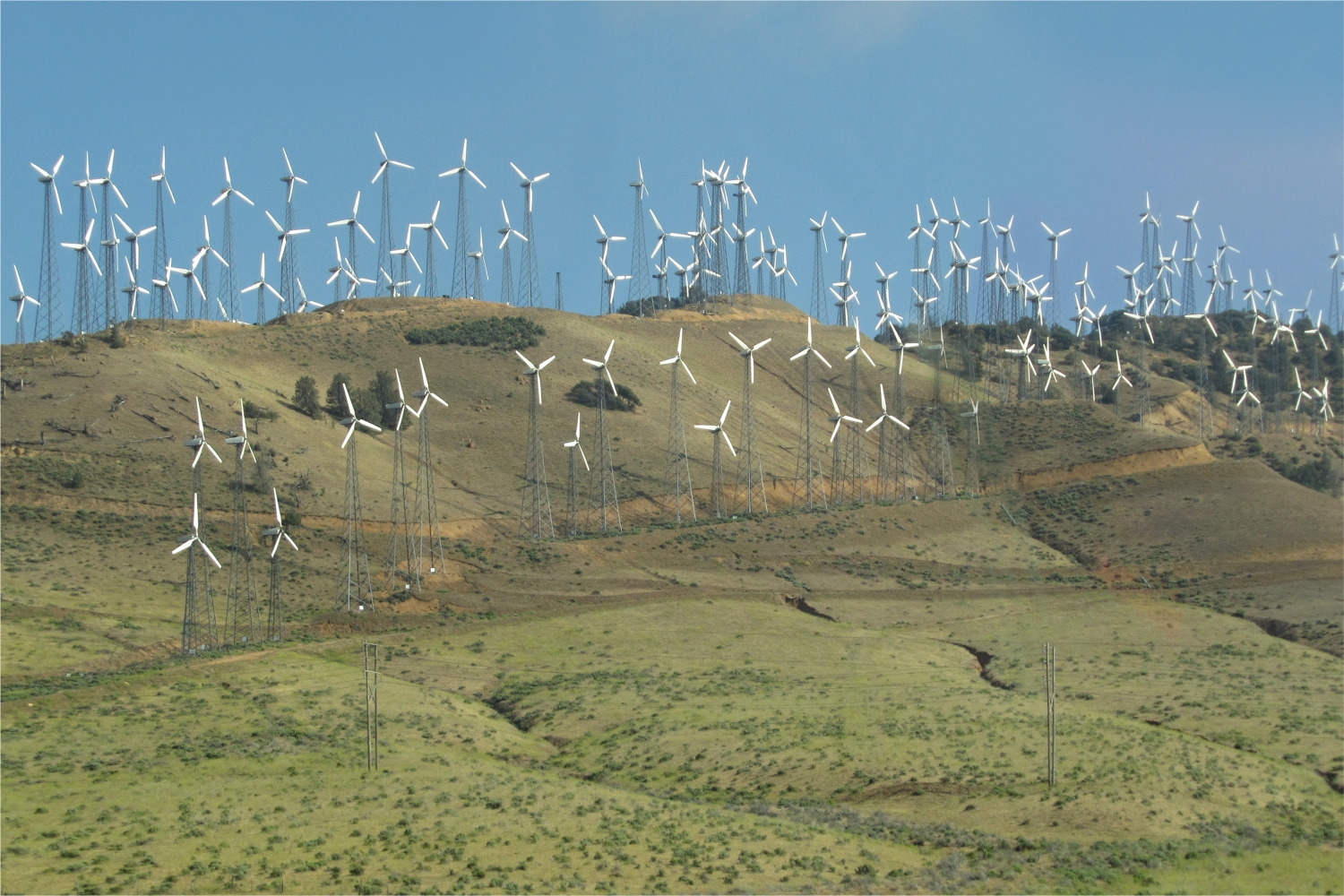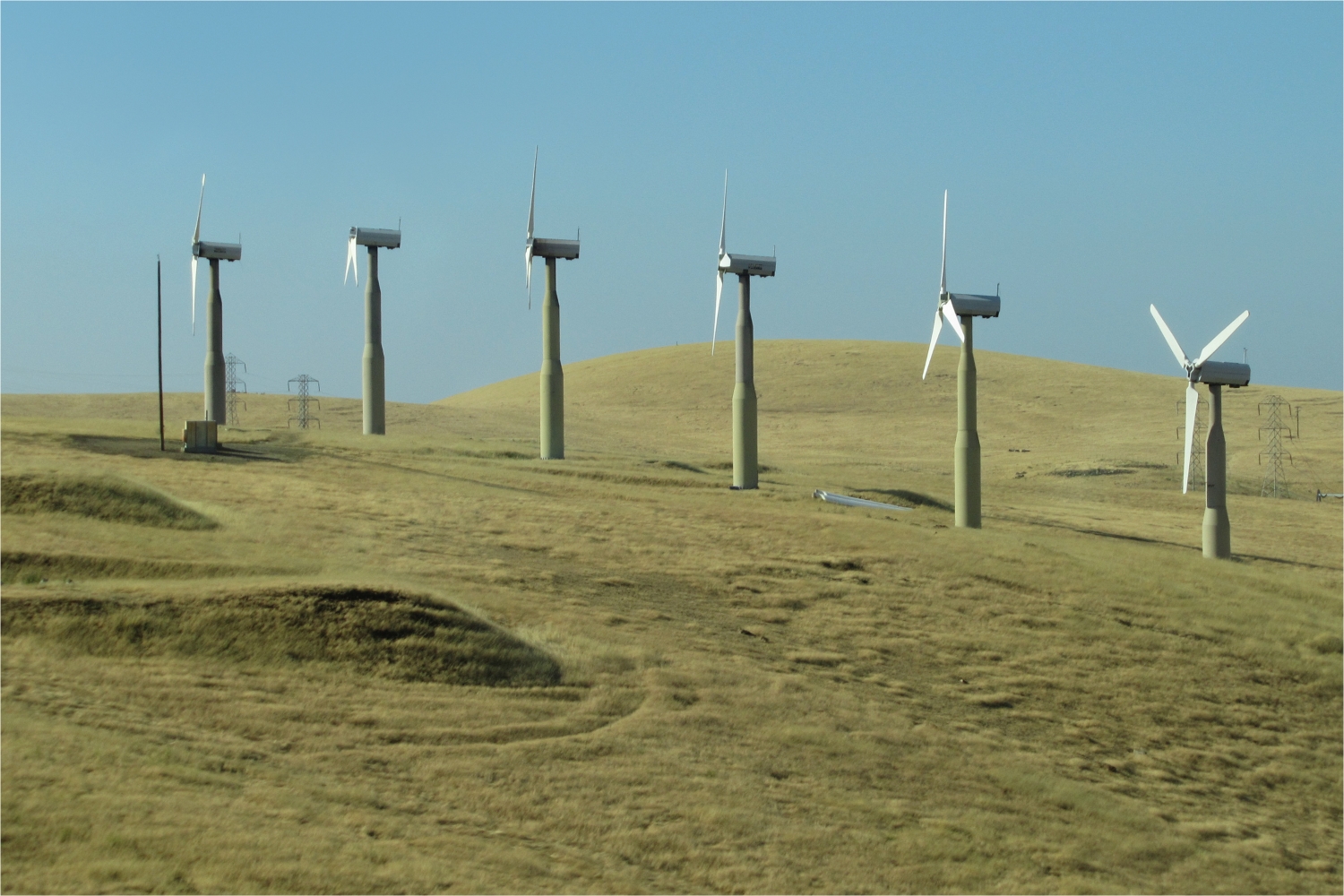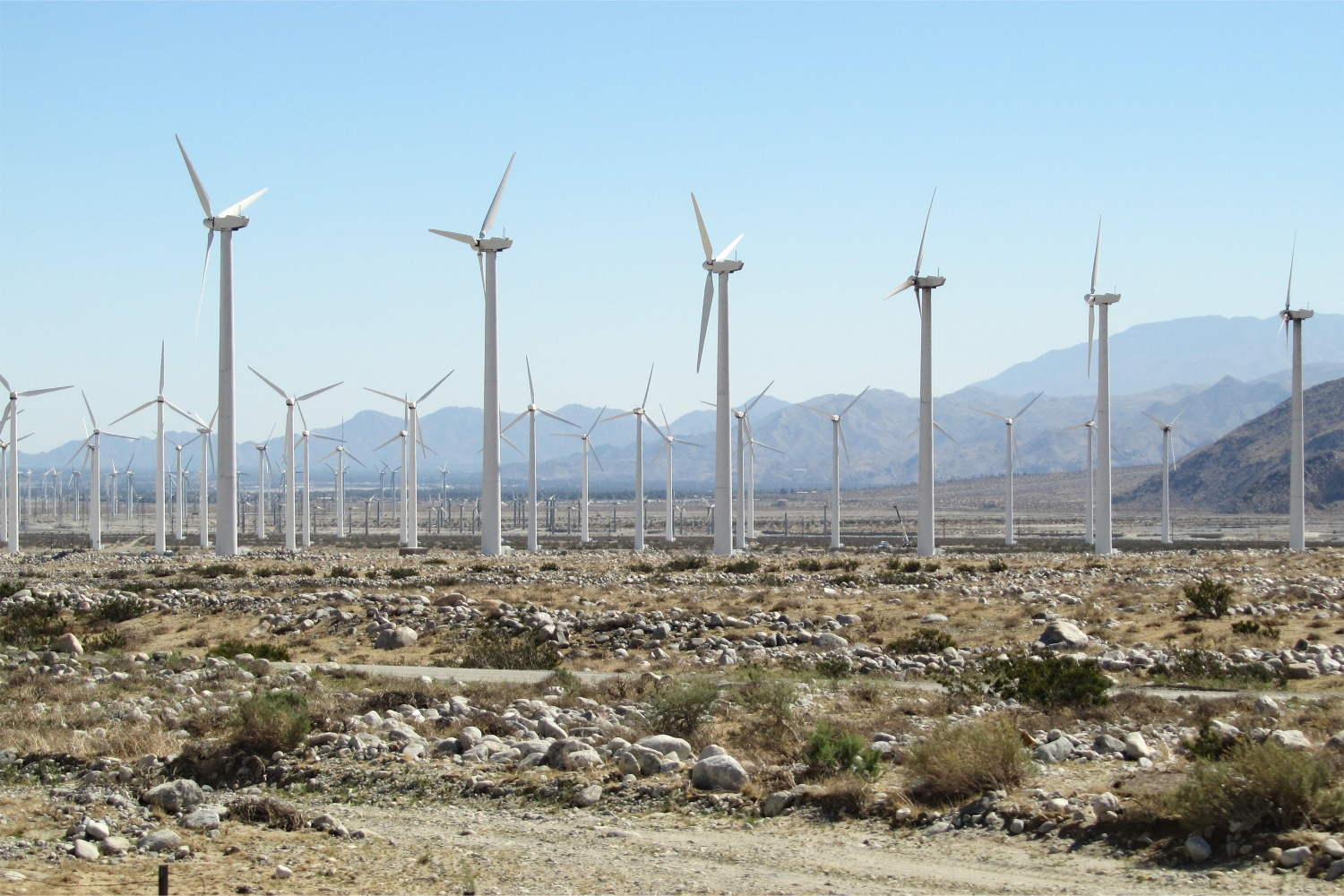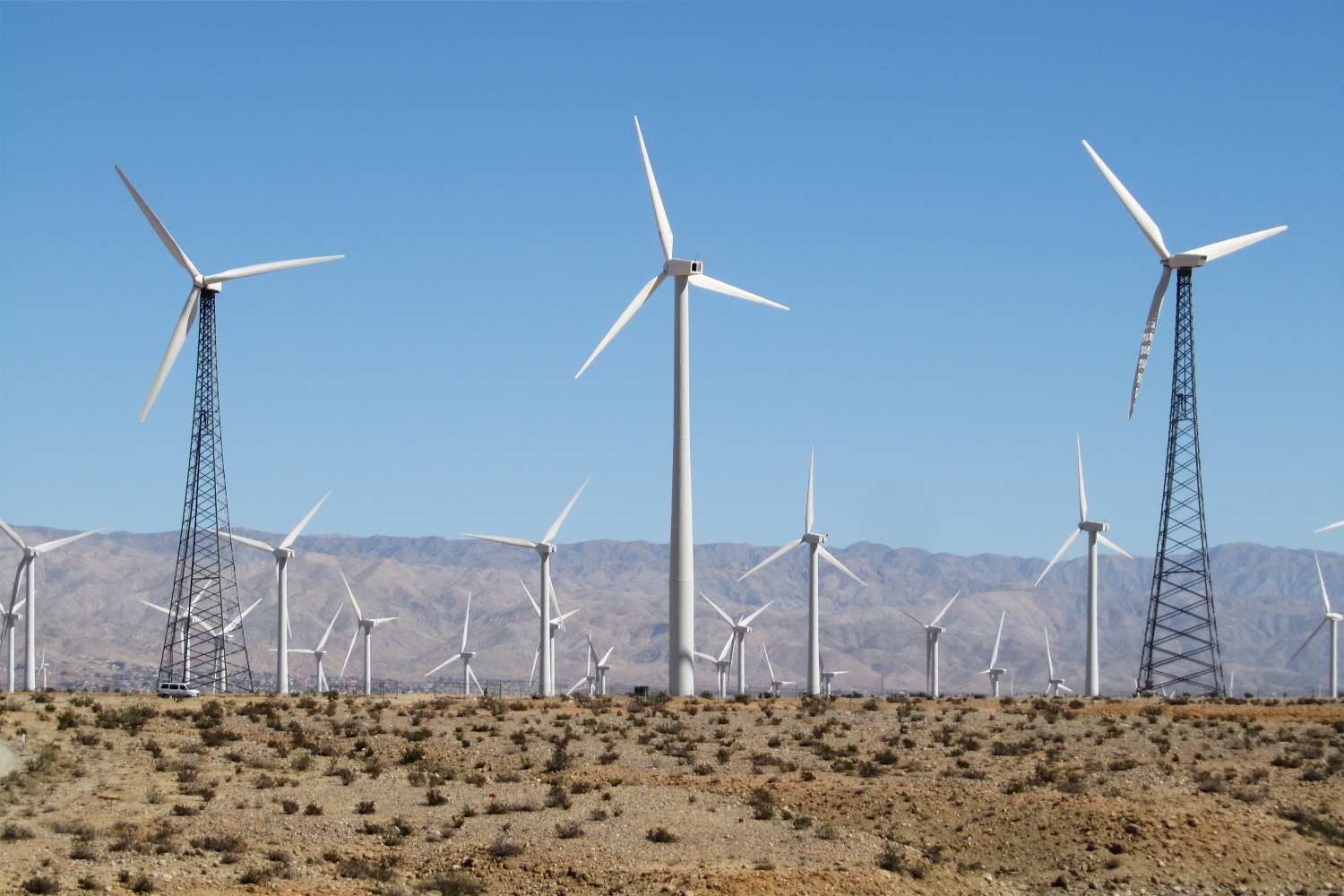Geo-engineering – Climates of Control
Oh Mister Hatfield, you’ve been good to us:
You’ve made it rain in ways promiscuous!
From Saugus down to San Diego’s Bay
They bless you for the rains of yesterday.
But Mister Hatfield, listen now;
Make us this vow:
Oh, please, kind sir, don’t let it rain on Monday!
Poem about the famous early 20th century rainmaker Charles Hatfield (1904)
Control over resources has undoubtedly become the driving force of development planning and government policies that regulate our relationship to the environment. While the threat of resource depletion may be an important motivation for this orientation, it is also fuelled by deep-seated fears of environmental insecurity prompted by changes in the scale and magnitude of environmental degradation. Against the background of, on the one hand, slowly evolving problems such as air pollution, global warming and climate change, and, on the other, dramatic, major accidents such as oil spills and industrial fires and explosions, ‘risk management’ has become a buzzword that is frequently cited in connection with the development of programmes for increased environmental control.
When environmental disaster strikes, its root causes can be many, but they are all ultimately linked to the changing nature of the relationship between politics and economics. If economics can flourish outside politics by simply following its rogue nature, as some have argued, then this is further enhanced by the economic turn of politics itself: A certain blindness on the part of the market-state and its political agents persists towards disaster because all too often they actually benefit from it. Both state and market are all too willing to gamble on catastrophe in order to gain extra amounts of uncontrolled revenue or to advance specific goals involving radical social and economic engineering by exploiting public disorientation.
On the other hand, the more visible environmental disasters become, the more they tend to trickle into popular consciousness and remain in memory as an open wound waiting to be revisited and healed somewhere in the distant future. In this sense, environmental insecurities are also provoked by what Zygmunt Bauman in his characterisation of modern existence has termed a “life of continuous emergency”1 — the permanence of sudden disruptions that push life as it is being lived off course, detracting from the unrestricted accumulation of value and thus generating anxiety.
In this situation, the scientific calculation of risks and the engineering of cost-effective solutions to mitigate the effects of deteriorating ecosystems are increasingly being deployed as a balm to salve this scarred cultural and natural landscape. So far, therapeutic interventions have focused on the manipulation of earth or climate systems, such as weather control projects or even more radical terraforming strategies to counter global warming. Experiments with cloud seeding and solar radiation management are well underway as part of policies designed to commandeer and control the climate of the earth. Under its new national plan (2013-2020), China has divided the country into different regions and command centres for strategic weather modification. And in its own attempts to counteract ‘anthropogenic climate change’, the US has likewise intensified its research into aerosol geo-engineering, providing multi-billion dollar budgets to fund the experiments involved. Given the politico-economic advantages to be gained from such operations, weather modification is likely to become an element of many national and international security policies in the near future.
Though military or any other ‘hostile’ use of environmental engineering was banned by a UN convention tabled in 1977,2 support for weather modification technologies as a means of controlling the world’s climate is currently on the rise. This support is being informed by environmental discourses that centre on the human capacity to ‘improve’ environmental benefits. In the process, nature is being redeveloped in accordance with the needs of rapidly growing populations, atmospheric self-regulation is being ‘restored’, and large sways of wasteland are being ‘returned’ to nature. A particular cultural perspective on nature is thus being imposed upon the re-engineered territories as well as on local communities, one not dissimilar to the anthropocentric, self-centred attitude toward the environment displayed by arcane methods of rainmaking practiced in the Western world during the early twentieth century. While it may seem that there is still no need to consider alternative possibilities of how we want to relate to nature, it is worth noting that such possibilities are not even made part of the political debate in the first place. On the contrary, dissenting perspectives on the environment and their potential to generate resistance are currently being increasingly integrated into government plans for environmental engineering from the outset.
On a recent trip to China, I found this shift in policy confirmed by the new political leadership’s decision to introduce impact assessments for all state projects that might have adverse environmental consequences, assessments whose key focus is on the likelihood of these projects prompting protests or social unrest. In this approach to resource ecologies, resources are not conceived of as the object of planning but as planning itself. They are turned into a mechanism geared to the manipulation of social and political climates, the regulation of civic anxieties and the creation of order based on narratives of technological mastery and environmental control. An alternative and more desirable approach to environmental politics would be to introduce democratic processes that address the options we have for relating to the environment and the resources emerging from these relationships. However, establishing such an approach ultimately requires a profound cultural shift away from the idea that any environmental problem can be solved by skilful engineering, whether of a technological or political nature.
1 Zygmunt Bauman (2010) 44 Letters from the Liquid Modern World. Cambridge and Malden/MA: Polity Press.
2 Convention on the Prohibition of Military or Any Other Hostile Use of Environmental Modification Techniques, opened for signature at Geneva on 18th May 1977.

